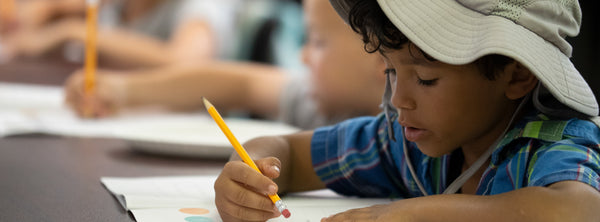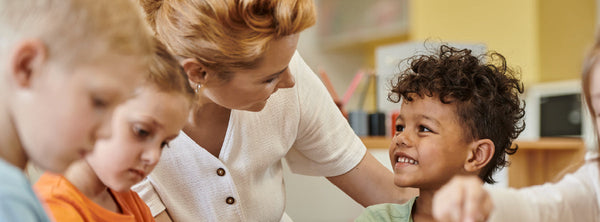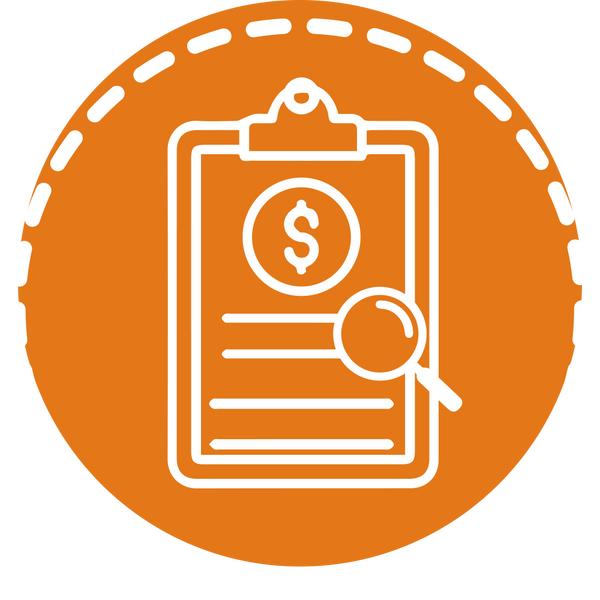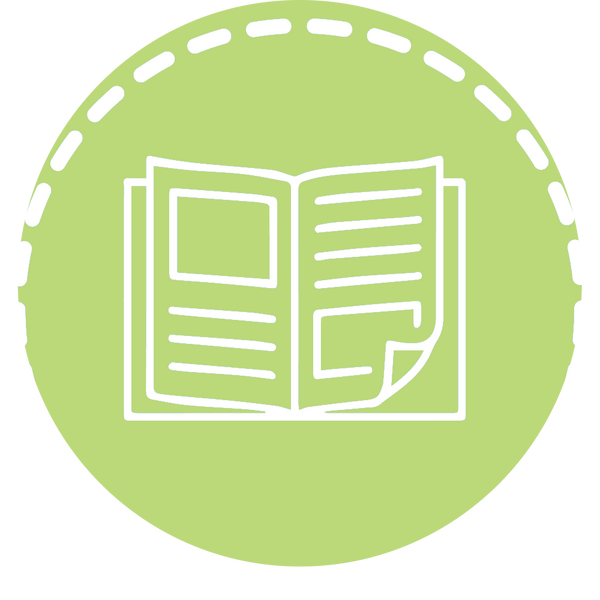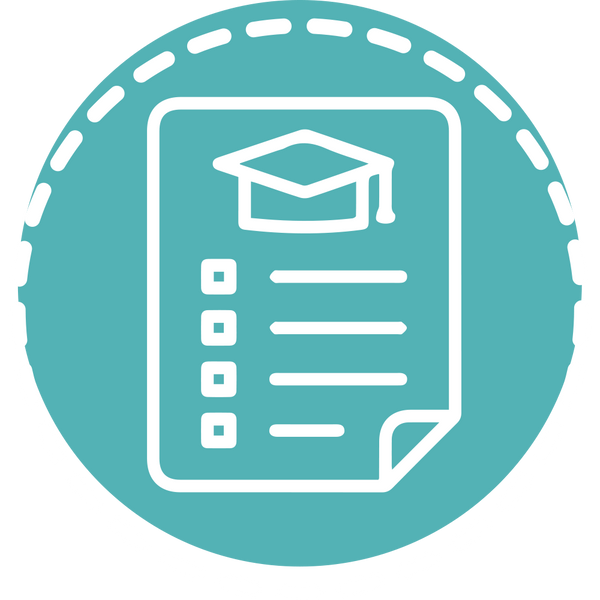
Transforming Learning with Technology: ISTE Standards for Students
Education never stops evolving. In the last few decades, the evolution of education has been supercharged by the influences of new technologies. TV carts, LaserDiscs, classroom computers, 3D printers, robotics, drones — the classroom technological transformation has kicked into high gear in recent years.
Recognizing that learning environments were changing as quickly as the students within them, in 1979, at a backyard barbecue in Eugene, Oregon, a tight-knit group of forward-thinking K-12 and University of Oregon educators began asking some of the most compelling technology-in-the-classroom questions.
- What if we gave students powerful tools allowing them to take charge of their learning?
- What if we let students follow their passions and work with peers to solve problems?
- What if teachers didn't lecture, but served as guides and collaborators?
- What if we let computers do what they do best, freeing up humans to create, to dream, to change the world?
Then, marrying their head-full of questions and desire to change the educational landscape, the group of teachers did what teachers do best — they got to work — and the International Society for Technology in Education (ISTE) was born.
As the ISTE site retells:
They began by connecting with others who shared their belief in the potential of educational technology. From there, ideas and inspiration spread geographically and generationally. Nearly 40 years later, those what-ifs — those seeds of great ideas — have grown into a worldwide network of educators who are still dreaming big. ISTE doesn't represent a constituency. We aren't an impersonal organization — an acronym without a face or a heart. ISTE represents a movement, and our community is the driving force. Because, ultimately, it's not about the technology at all. It's about changing the way learning and teaching takes place to make it more meaningful and impactful for educators and learners around the globe.
Having recently released its newest set of standards, ISTE continues to work towards equipping students of all ages with the skills necessary for success in a digitized world. With standards for students, teachers, administrators, coaches and computer science educators, their roadmap for innovative thinking starts simply. As they say:
Transforming education requires us to rethink how we teach and learn. The ISTE Standards act as a roadmap for bold, innovative educators and education leaders to re-engineer their schools and classrooms for digital age learning no matter where they fall on the journey to meaningful, effective ed tech integration.
With the renewed focus of working towards transforming learning with the aid of technology, the newest ISTE Standards for Students are:
- Empowered Learner: Students leverage technology to take an active role in choosing, achieving and demonstrating competency in their learning goals, informed by the learning sciences.
- Digital Citizen: Students recognize the rights, responsibilities and opportunities of living, learning and working in an interconnected digital world, and they act and model in ways that are safe, legal and ethical.
- Knowledge Constructor: Students critically curate a variety of resources using digital tools to construct knowledge, produce creative artifacts and make meaningful learning experiences for themselves and others.
- Innovative Designer: Students use a variety of technologies within a design process to identify and solve problems by creating new, useful or imaginative solutions.
- Computational Thinker: Students develop and employ strategies for understanding and solving problems in ways that leverage the power of technological methods to develop and test solutions.
- Creative Communicator: Students communicate clearly and express themselves creatively for a variety of purposes using the platforms, tools, styles, formats and digital media appropriate to their goals.
- Global Collaborator: Students use digital tools to broaden their perspectives and enrich their learning by collaborating with others and working effectively in teams locally and globally.
The ISTE Standards for Students emphasize the skills and qualities we want for students, enabling them to engage and thrive in a connected, digital world. The standards are designed for use by educators across the curriculum, with every age student, with a goal of cultivating these skills throughout a student’s academic career. Both students and teachers will be responsible for achieving foundational technology skills to fully apply the standards. The reward, however, will be educators who skillfully mentor and inspire students to amplify learning with technology and challenge them to be agents of their own learning.
In a technology-based landscape, students who can skillfully adopt each of these traits will be able to accurately assess the value of technology and its implications for the learning process, which includes the ability to utilize technology in a way that allows for successful problem solving. Additionally, students who meet the aims of the standards can design and implement solutions in unique and fascinating ways. The skills and qualities engendered in ISTE’s newest standards can be taught across multiple disciplines and in varying age groups, and can be definitive of all learners when expressed and relayed in an engaging fashion.

Given the rapidly changing technological landscape, these standards are valuable in ensuring that students are able to meet the demands of the 21st century, a shared goal of PCS Edventures. As educators and lifelong students ourselves, we work tirelessly to develop curriculum and learning aids geared towards providing creative, supplemental knowledge both inside and outside of the classroom.
With cutting-edge advancements in educational drone packages and robotics kits, we are preparing students for the careers of the future. Are you ready to do the same? Check out our Discover collection innovative classroom technology tools and get ready to empower your students today!


